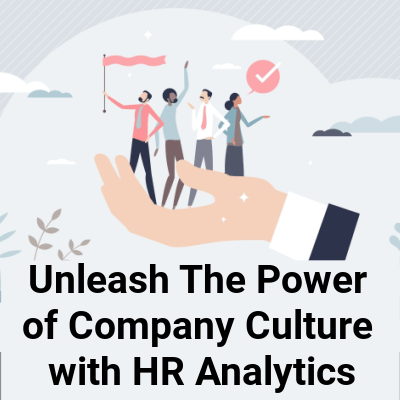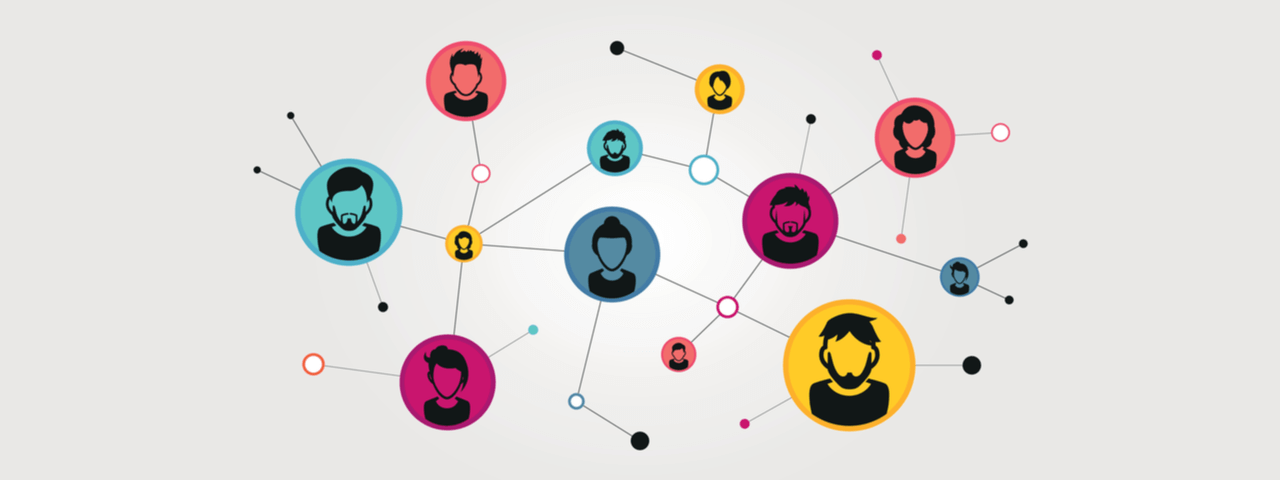Concerns over employee mental and physical well-being have been a trending conversation as we all continue navigating the blurred professional and personal lines that come with remote work. While the discourse at the beginning of the pandemic surrounded how the physical merging of home and office affect employee mentalities, the concern over employee wellness and burnout did not originate with COVID—nor will it end there.
Across the board, no one wins when employees burn out: it deeply affects the individual, their team, and the organization’s bottom line. While we all know wellness is crucial for individuals and organizations alike, we continue to hear stories of workplace exhaustion. Raising the question, where does burnout originate? Do managers continue to push their teams to the brink? Do employees feel invisible pressures to outperform and overwork themselves?
These are the questions HR leaders and managers are asking themselves as they attempt to build an organizational structure that rewards both wellness and performance. Analytics into workforce culture through communications and other unstructured data offer a means of answering these core questions. Notably, this should not be confused with invasive employee monitoring tactics, as workforce analytics focuses on anonymized patterns, not individuals.
Workforce analytics can assess aspects of corporate culture central to productivity and well-being
Unstructured data—emails, files, collaboration platforms, etc.—can serve as a window into the human element of an organization. Analyzing this information can uncover insights into corporate culture, employee wellness, productivity, networks, and countless other revelations that come with understanding the workforce.
Take employee burnout for example. A large driver of exhaustion is working long and odd hours. Analyzing calendar and email data can reveal which departments and teams frequently schedule work outside of normal business operations. It is important to note that many employees—especially those remote—enjoy the flexibility to determine their hours and doing so can alleviate stress. However, when late nights and weekends are mandated, burnout is likely to occur. By identifying when employees are overworked, organizations can begin to intervene and prevent burnout.
Moving past preventive use cases, organizations can also use workforce analytics to curate a corporate culture and workplace environment that prioritizes wellness. This is especially important now as vaccine efforts continue to roll out and leaders are slowly preparing for a return to the office. Accordingly, we are at an ideal point in time to reassess what business models work versus what is continued out of convenience. For example, some positions and departments have thrived while remote while others have struggled to get by. Analytics into unstructured data can act as a barometer when determining workforce well-being and performance while remote, in person, and in hybrid settings. Workforce analytics can further differentiate by position, department, or other groupings because there is no one-size-fits-all. Pairing these findings with employee preferences, organizations can calculate the best approach to reopening their offices.
If you want to read more about the topics brought up here, you can read ZL Tech’s articles on reinventing modern enterprise post-COVID and other use cases of unstructured analytics.



